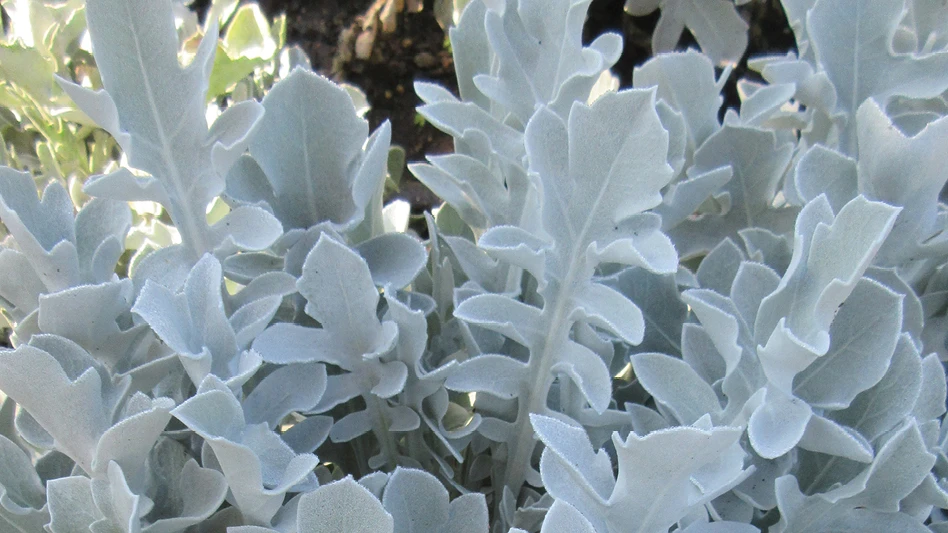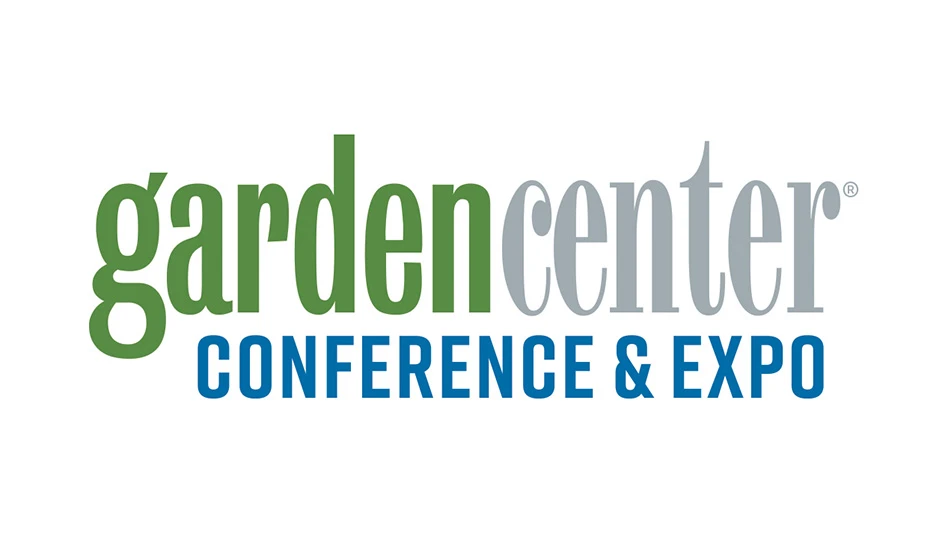
Consumer demand for succulents is showing no signs of going away. Gardeners young and elderly are using them increasingly in diverse and creative ways both indoors and out. Options for integrating succulents into everyday life are seemingly endless, from wedding bouquets, to table gifts, floral arrangements, topiary garden art, living wreaths, terrariums, and miniature fairy gardens — as well as in the landscape, hanging baskets and even combination planters that can be placed on a deck or patio.
“The market is strong, and I see it continuing,” says Byron Martin, owner of Logee’s Greenhouses, a purveyor of succulents and other specialty plants.
The succulents group consists of about 10,000 different species of plants, including cactus, that can store more than an average amount of water in its roots and leaves. All cactus are succulents, but not all succulents are cactus. In other words, not all succulents have prickly spines, a misconception many in the industry are trying to correct.
From a consumer’s point of view, succulents are a diverse group of cool-looking plants that don’t need a lot of maintenance in the form of water and nutrients, and can tolerate a certain amount of neglect.
Succulents come in a fascinating and fashionable array of shapes, texture, and colors, which is why they’re being gobbled up at garden centers and big box stores.
_fmt.png)
Growing succulents in greenhouses
Succulents are normally propagated commercially in heated and unheated greenhouses, depending on the climate. At Succulent Gardens, a family-owned business that supplies succulents to nearby independent garden centers in Castroville, Calif., Head Grower Aaron Ryan starts them in early spring when the weather warms sufficiently to avoid problems with root rot.
Most of Succulent Gardens’ 700 different species of succulents are grown as a finished product, Ryan says. They may start out in 2-inch containers and are eventually scaled up to much larger containers of various sizes. They’re grown in a porous soilless medium consisting of a mix of perlite or pumice, redwood fir bark, lava rock and peat moss.
“The primary objective with succulents is to have really sharp drainage. You want the plant to dry out between watering,” Ryan says. If the plant doesn’t drain properly, too much energy will go into vegetative growth rather than good root development, he adds.
Logee’s propagates succulents from root cuttings to supply consumers via mail order and from their retail store in Danielson, Conn. They offer approximately 60 different cacti and succulents. Byron says Desert Rose (Adenium hybrids) is their most popular succulent at the moment. They also include several cultivars with compelling names like ‘Sweetheart,’ ‘Yellow Window’ and ‘Golden Carrot.’ They’re grown in a standard peat based potting mix with added perlite and are shipped via UPS, U.S. Mail, and FedEx in pots that range in size from 2.5 inches to 5 inches. To stay profitable, Logee’s and other growers keep the turns up and manage crop growth and timing.
The market for succulents will continue to increase as people discover them, and how easy they are to care for. Once folks try them, they seem to get hooked.” - Tiffany Polli, sales manager for Succulent Gardens in Castroville, Calif.
Both growers complained about mealybugs. The bug’s protective coating requires that they use systemic chemicals, including Safari, Enstar and Kontos to control them. Ryan says aphids are a lesser problem and can usually be controlled with horticultural oils and soaps. He advises to switch up chemicals often to avoid the bug from establishing resistance. He says the best approach to insect control is prevention.
“Inspect often, keep the area clean and provide good air circulation,” he says.
Who’s buying succulents?
Succulents are especially appealing to homeowners in drought prone areas like California, according to Tiffany Polli, sales manager at Succulent Gardens.
“We have a lot of people come in and say, ‘Hey, I just ripped out my lawn and I’d like to do succulents,’” Polli says.
Polli says the appeal of succulents knows no age limits. She says kids are absolutely giddy about them and college kids pick them up in the fall and take them back to their dorm rooms. She says she also has succulent devotees over 100 years old who come in and pick up plants to add to their collections. Polli thinks the thing that attracts consumers to succulents is a sense of success they experience growing them.

“People say, ‘I can’t cook, I can’t do art, I can’t garden,’ then they see they can grow succulents, and say, ‘Oh my gosh, I can,’” Polli says. “It improves their quality of life, and that’s a neat thing to be a part of.”
Succulent Gardens’ customers are flocking to a number of different succulents according to Polli, especially Agave ‘Blue Glow’, Agave ‘Blue Flame’, Euphorbia tirucalli, Agave attenuata, ‘Sticks on Fire;’ Echeveria ‘Perle von Nurnberg,’ Echeveria ‘Lola’ and Aeonium ‘Sunburst.’
Still, some gardeners are hesitant to give succulents a try, Polli adds. She says there are a still a lot of folks who think succulents are “weird” or are intimidated by them. Succulent Gardens actively works to educate consumers and the garden center folks on the positive aspects of growing succulents.
“We have a succulent extravaganza here each fall, a two-day event,” she says. Now in its 6th year, it has featured keynote speakers like succulent expert Debra Lee Baldwin, to enlighten attendees on the diverse and beneficial uses of succulents.
“I think the market for succulents will continue to increase as people discover them, and how easy they are to care for,” Polli says. “Once folks try them, they seem to get hooked.”

Explore the May 2016 Issue
Check out more from this issue and find your next story to read.
Latest from Greenhouse Management
- BioTherm launches the Ultimate Grower Climate Control System
- Jess Lyga joins Bailey sales team
- Happy holidays from the GIE Media Horticulture Group!
- North Carolina Nursery & Landscape Association announces new executive vice president
- Plant Development Services, Inc. unveils plant varieties debuting in 2025
- Promo kit available to celebrate first National Wave Day on May 3
- Applications now open for American Floral Endowment graduate scholarships
- Endless Summer Hydrangeas celebrates 20 years with community plantings





